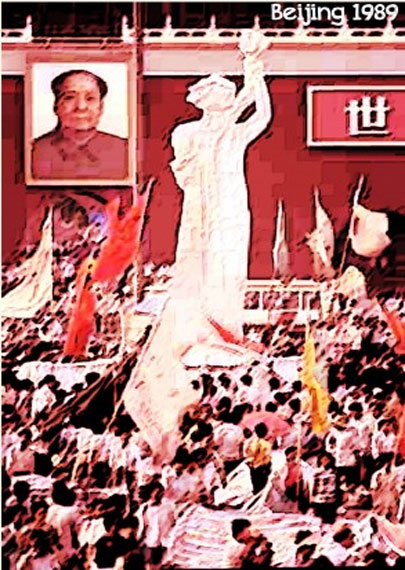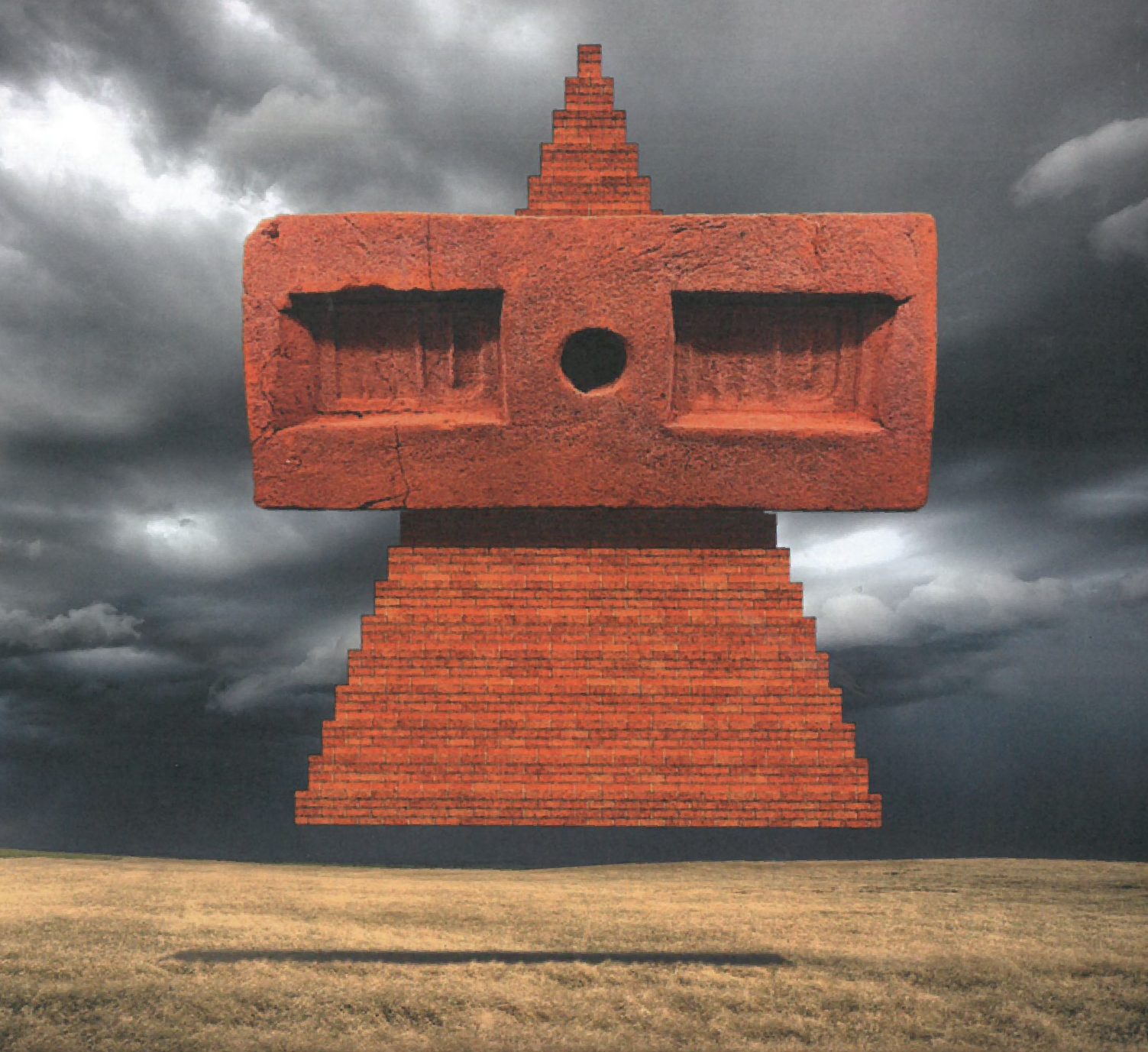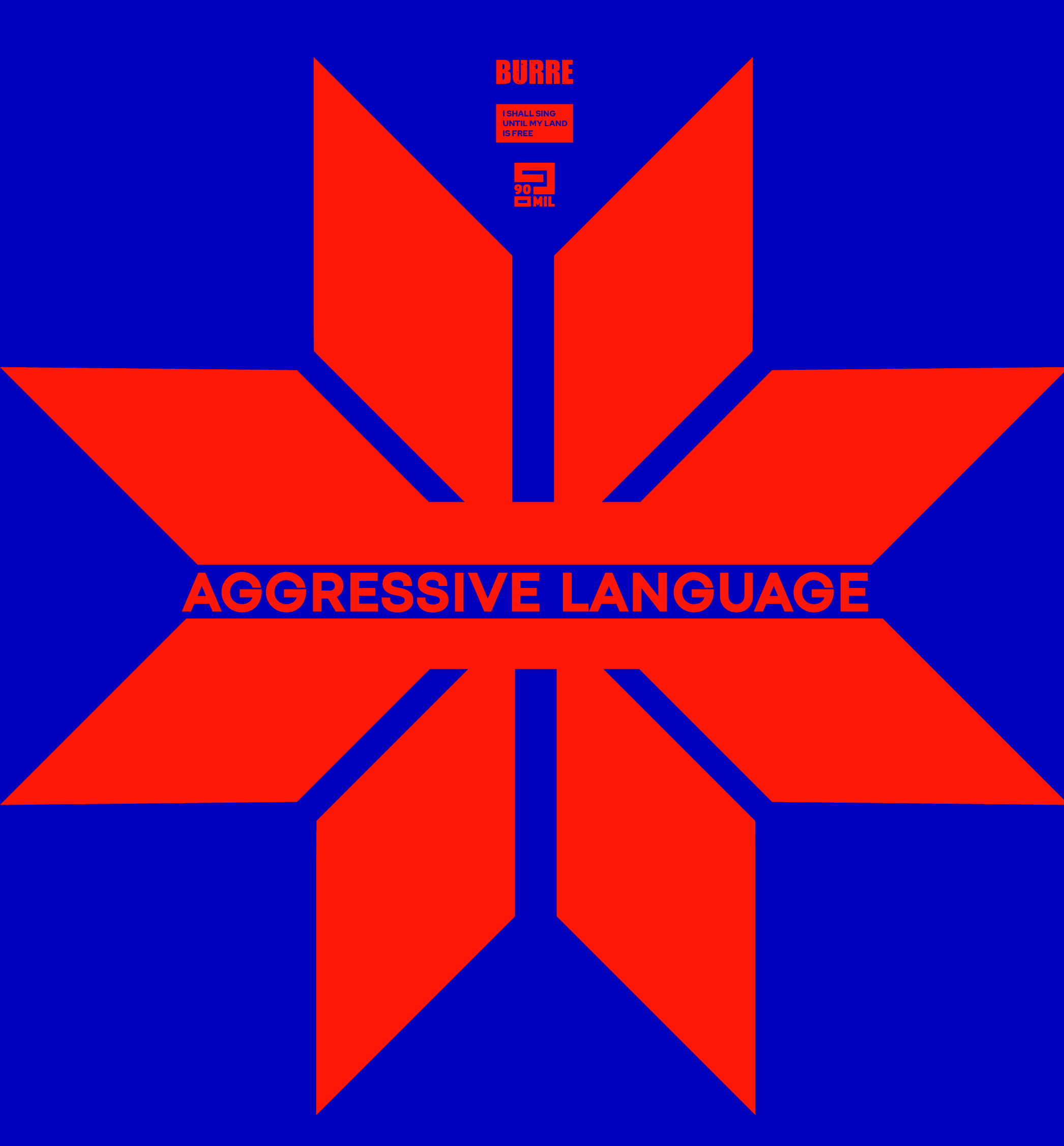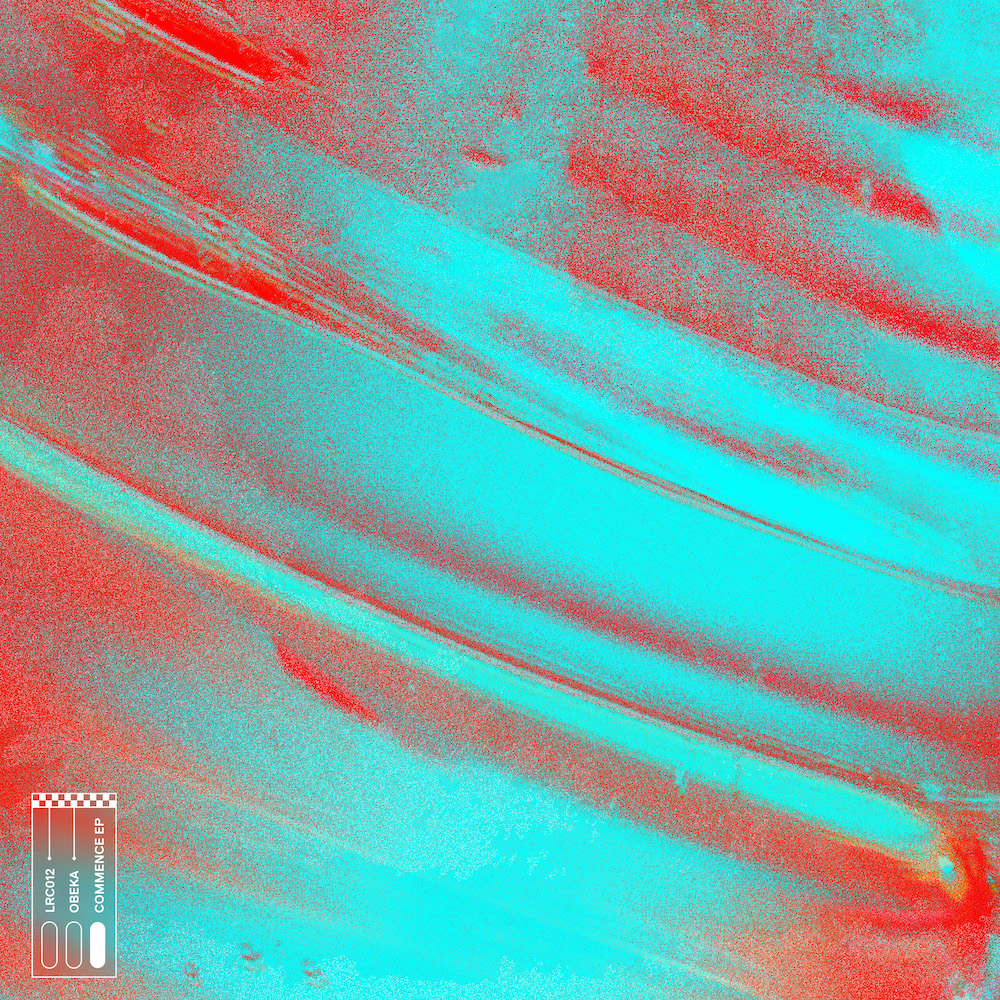My Tiananmen Exhibition – A Reflection

Tiananmen Square, also known as Gate of Heavenly Peace, is one of the most important symbols of the new China. Built in 1415 during the Ming Dynasty, it’s obviously more, ahem ‘popularly’ known for the massacres of 1989. That year, there was a student protest in the square against the government. On June 4th, the government decided to end the protest by force in the square, leaving thousands dead. After the protest, those who survived were arrested or were subjected to the repression, the terror and the silence. To this day it’s still forbidden to talk about it in the place where all happened.
This week, Hundred Years Gallery hosted a new exhibition about this issue. The Chinese artist Francis Li Chen presented “My Tiananmen: The Polyphonic History”, a multimedia exhibition that combines musical and literary concepts. According to the artist, the exhibition was not the kind of history that you find in a textbook, books cannot transmit emotions like this. The show was presented as a polyphonic history as – like often in the music world – there are different voices; explaining the same history through their memories and their personal point of view.
The show consisted of three different parts: a film programme, a video installation and a special screening event. “Memories in a Cross-generational Dialogue” shows personal and emotional stories from Tiananmen according to three different generations of filmmakers. They explain their own histories related to Tiananmen from a very different perspective; Lou Ye (“Summer Palace”) was in his twenties while Shu Haolun (“No.89 Shimen Road”) was a high school student during the protest period. Finally, Francis Li Chen, director of “Fireworks of 1989” and curator of the whole exhibition, was only two years old and still remembers herself watching the Hong Kong TV news and some of the names that headed up the protests. Although she didn’t live the protest first-hand, it was always a mysterious term for her while she was growing up. Three movies, three stories of people whose lives, in one way or another, were deeply affected by the massacre.
On the other hand, in the video installation called “My Tiananmen”, Chen re-imagines the history, from the viewpoint of a post-Tiananmen generation filmmaker. This part is the result of a four year journey researching Tiananmen. The installation consisted of three spaces, each one with a different screening. Heading down to the basement gallery, you saw a projection screened in a large wall. This piece, called “My commemoration”, was about the last 23rd anniversary commemoration of Tiananmen in the USA. The video has been slowed down by four times (to represent the years than the artist had been investigating the subject). Chen describes these former protesters as alienated people due to the passage of the time.
Following this piece we can saw “One Man’s Long March”, the first piece Chen made about Tiananmen, when her connection with this history started. The video was presented in an old television, with Chen remembering her childhood, watching the news about the protests.
The installation closed with a video in which the artist re-imagine the history of Tiananmen; from other’s memories she creates her own history. The piece, called “Music Video: an editing assignment”, was presented in a screen that signifies a desktop computer with a computer program, that is her own edition of the history. There’s no option to edit it because it’s her personal view. The images are from the film “Summer Palace”, great inspiration for Chen. The music is from Sigur Rós. Chen says this music reminds her of her journey in China, looking for information about Tiananmen. The music accompanied her in the most lonely moments. The lyrics of the song are in Icelandic, a language incomprehensible to her. Someone told her that she should to subtitle the song, and she did it, but in the original language. This is what her re-imagination of Tiananmen represents: melancholy music and incomprehensible lyrics from another place.
The last part of the exhibition, “Unique and like yours” included the special screening of Li Luo’s “Rivers and my father”, a film that examines the history of this period in time in a way that transcends the politics of Tiananmen. The film is not directly related with Tiananmen but with the memories because, as the title of the section suggests, the memories are unique. In the film, Li Luo tries to illustrate his father’s memories.
The show talks about the notion of history which is experienced by some and resides in the memory of all. A detailed exhibition to comprehend the history of a country, a story that has been silenced for many years and now comes to light.
However, Chen assures that she doesn’t want to explain the history in itself, the main intention is to transmit the memories and the emotions of those who experienced it. And certainly that’s what actually happened in the two screenings, where people from different generations shared their emotions in a spontaneous debate, building thereby new memories about Tiananmen.
“My Tiananmen: The Polyphonic History” runs until this Friday 28th of September.

















Must Reads
David Holmes – Humanity As An Act Of Resistance in three chapters
As a nation, the Irish have always had a profound relationship with the people of Palestine
Rotterdam – A City which Bounces Back
The Dutch city is in a state of constant revival
Going Remote.
Home swapping as a lifestyle choice
Trending track
Vels d’Èter
Glass Isle
Shop NowDreaming
Timothy Clerkin
Shop Now